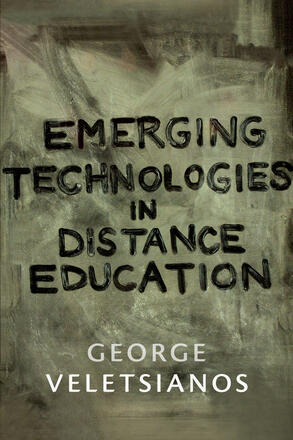
Description
A one-stop knowledge resource, Emerging Technologies in Distance Education showcases the international work of research scholars and innovative distance education practitioners who use emerging interactive technologies for teaching and learning at a distance.
This widely anticipated book harnesses the dispersed knowledge of international experts who highlight pedagogical, organizational, cultural, social, and economic factors that influence the adoption and integration of emerging technologies in distance education. Emerging Technologies in Distance Education provides expert advice on how educators can launch effective and engaging distance education initiatives in response to technological advancements, changing mindsets, and economic and organizational pressures. The volume goes beyond the hype surrounding Web 2.0 technologies and highlights the important issues that researchers and educators need to consider to enhance educational practice.
Reviews
This book is a valuable resource for the distance education community, because it shows innovative examples of teaching with emerging technologies. Its strength is that it can be used by a variety of audiences, from instructors to instructional designers, in pieces or as a whole. It provides accessible examples of research and practice for educators and professionals within the field, as well as an entry-point for students and novice distance educators. Personally, I have found this book to useful in my role as a professor, as an instructional designer and as a student and I think that other educators in the field would also benefit from the information within.
- —B. A. Rochefort